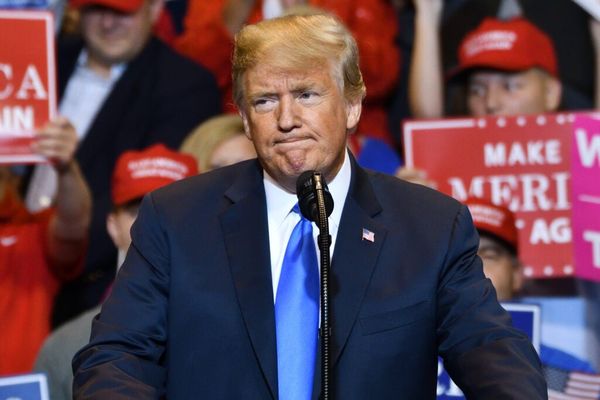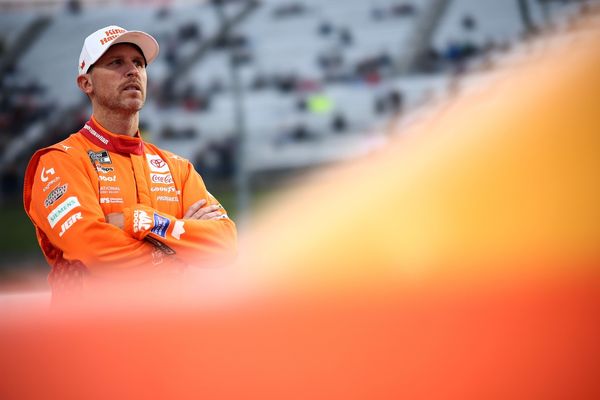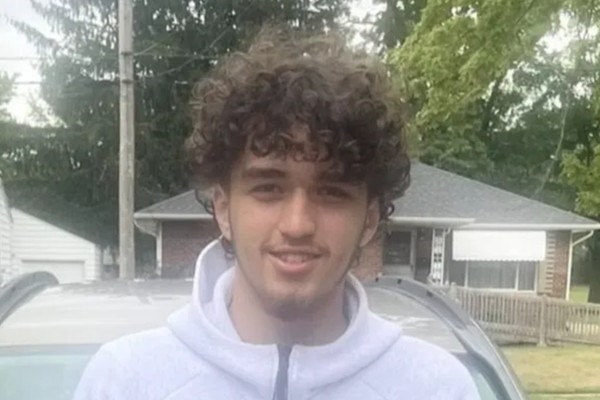Despite the growing global reputation of Australia's multimillion-dollar Indigenous art industry, souvenir shops in the nation's major tourist destinations are still littered with fake products.
The federal government this week announced plans to introduce legislation to protect the intellectual and cultural property of Indigenous artists, including blocking the sale of spurious artwork.
A Productivity Commission report released in December found international tourists spent more than $78 million on Indigenous-style artwork in the 2019–20 financial year.
However, it is estimated up to 75 per cent of Indigenous-style art on the market was not made by First Nations people.
Henrietta Marrie, a Yidindji elder from Far North Queensland and an honorary professor at the University of Queensland, said the government would need to ensure any ban came with monitoring and enforcement.
"Legislation is fine, but if you don't have anyone monitoring what's going on, you'll always have people selling these products out there," she said.
"The existing legislation does not adequately protect Indigenous artists for their work or Indigenous art itself … and its knowledge systems."
Tourists driving demand
Cairns Night Markets manager Mark Stanley said he did not support the sale of fake merchandise but said it could be difficult to control, particularly in owner-occupied shops.
Mr Stanley said there was a strong demand for cheap products, especially from domestic tourists.
"Rather than buying an original authentic boomerang, for example, for whatever it is, 20 or 30 bucks, they'll go and buy the cheap Chinese one for five bucks," he said.
"I think the public need to take a good look at themselves, really."
Gabrielle Sullivan, chief executive of the Indigenous Art Code, said the government's commitment to introducing standalone legislation protecting Indigenous intellectual property was a "huge achievement" after "decades of work from artists, communities and many others".
However, she said the legislation's effectiveness would partly depend on artists having access to justice to be able to pursue complaints.
Many First Nations artists rely on pro bono legal support to take action when they identify problematic uses of their culture, the Productivity Commission heard.
Ms Sullivan said the government also needed to be clear about what the legislation, which is yet to be drafted, would and wouldn't cover so expectations could be managed.
"We look forward to working with the government to develop and implement this new legislation," she said.
Markets already cracking down
The Productivity Commission recommended the introduction of a mandatory disclosure requirement for "Indigenous-style products" that are not made by a First Nations artist or that are reproduced under licence.
It also recommended the Indigenous Art Code be given a moderate funding increase, subject to an evaluation of its effectiveness.
Melbourne's Queen Victoria Market recently announced it would work with traders to phase out the sale of fake First Nations art from mid-2023 in the wake of the Productivity Commission report.
Mr Stanley said the legislation would force retailers to adapt and that it would be a "really good stick" for market operators to keep stalls free of fake products.
"If there's a very clear policy in place, we can show these [vendors] 'Hey, guys, what you're doing is wrong, you can be penalised — change or else,'" he said.
Consumers can research products
Belinda Payne, a Yorta Yorta woman living on Gunditjmara country in south-west Victoria, recently organised Warrnambool's first Blak Market — a dedicated space for First Nations artists, creators and makers to sell their own crafted products.
She said the prevalence of fake Indigenous art was not surprising and suggested people use websites to find out if retailers or dealers were Indigenous-owned businesses.
"If you do see a product that doesn't have a credit to the artist, then you can assume there isn't any actual link back," Ms Payne said.
"I know it's difficult, but you kind of have to do the research yourself, and I guess that's why the government is bringing in these new laws."
Cairns-based Senator Nita Green said regulatory bodies such as the Australian Competition and Consumer Commission could be involved in designing a way to enforce the crackdown.
"But we know it's incredibly important we don't do anything about First Nations artists without asking them first," she said.







